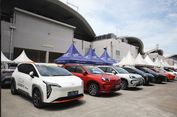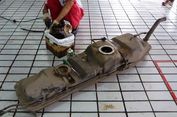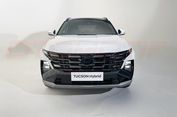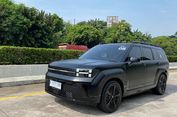Nissan Dualis+2
The +2 gets the same 102kW four-cylinder engine as the standard Dualis, matched to a continuously variable transmission.
The engine is only just adequate in the five-seat Dualis and struggles to shift the extra weight of the bigger +2, especially when most of the seats are in use. The engines in small cars such as the Mazda3 and Toyota Corolla have similar power outputs but are shifting roughly 200 kilograms less.
The result is lethargic performance off the line, which can make it tiresome to drive in town. Once the car is moving, the engine is effective enough, although hills and overtaking call for some forward planning.
The engine is quiet, once you get used to the fact that the CVT doesn't change gears; the revs simply ebb and flow with the force on the accelerator. The transmission also surges when you adjust the cruise control.
The +2 is slightly thirstier than the regular Dualis, using a claimed 8.5 litres per 100 kilometres, compared with 8.2L/100km. We achieved about 10 litres per 100 kilometres in a mix of city and freeway driving.
How it drives
The original Dualis did not iron out the bumps as well as some competitors, prompting Nissan to revise the suspension. Mostly, the tweaks have succeeded and the Dualis is a comfortable ride in city and country. It can jar over bigger potholes and road joins, though.
The softening of the suspension hasn't had too much impact on the Dualis's road-holding. It still sits commendably flat through corners, with less body roll than you'd expect from a seven-seater. Vague steering means it's not up with the class-leading small hatches for driver enjoyment but it's predictable and composed. Comfort and practicality
When you get into the Dualis+2 you feel perched on the seat because of the high-riding position and lack of under-thigh support. The rear seats are also a bit flat.
The rest of the cabin layout is impressive. The instrument panel is clean and clear, with a digital readout between the speedo and tacho that gives average speed, fuel consumption, range, chosen cruise control speed and distance to empty. The refrigerated glovebox is bigger than most, while there's plenty of storage in the front and rear doors and on the front seat-backs.




































